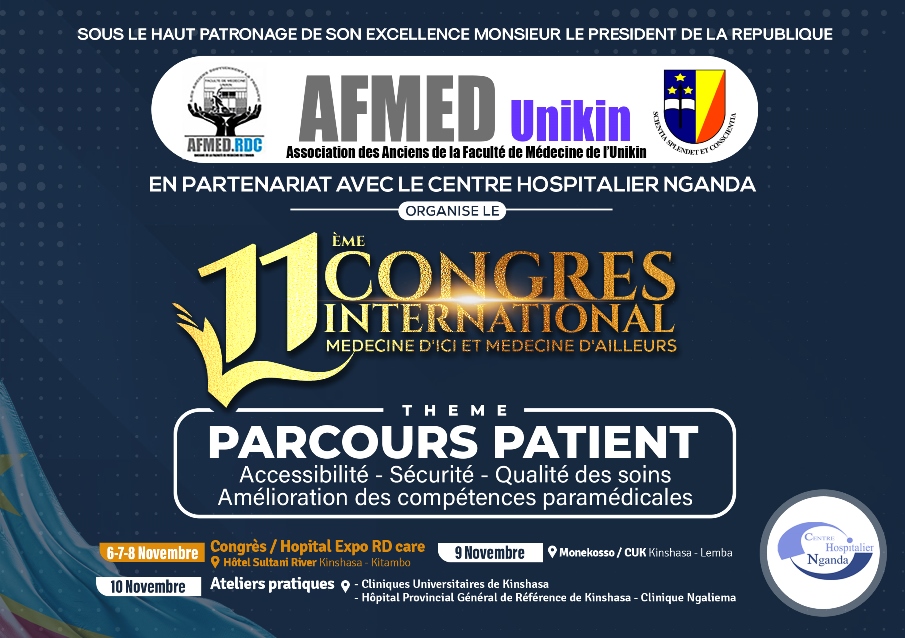Evariste Tshibangu-Kabamba 1,2 , Patrick de Jesus Ngoma-Kisoko 3,4,5, Vo Phuoc Tuan 1,6 , Takashi Matsumoto 1, Junko Akada 1, Yasutoshi Kido 1,7, Antoine Tshimpi-Wola 3,8, Pascal Tshiamala-Kashala 9, Steve Ahuka-Mundeke 10, Dieudonné Mumba Ngoy 11,12 , Ghislain Disashi-Tumba 2 and Yoshio Yamaoka 1,13,*
Microorganisms 2020, 8, 887; doi:10.3390/microorganisms8060887
www.mdpi.com/journal/microorganisms
Abstract : Antimicrobial susceptibility testing (AST) is increasingly needed to guide the Helicobacter pylori (H. pylori) treatment but remains laborious and unavailable in most African countries. To assess the clinical relevance of bacterial whole genome sequencing (WGS)-based methods for predicting drug susceptibility in African H. pylori, 102 strains isolated from the Democratic Republic of Congo were subjected to the phenotypic AST and next-generation sequencing (NGS).
WGS was used to screen for the occurrence of genotypes encoding antimicrobial resistance (AMR). We noted the broad-spectrum AMR of H. pylori (rates from 23.5 to 90.0%). A WGS-based method validated for variant discovery in AMR-related genes (discovery rates of 100%) helped in identifying
mutations of key genes statistically related to the phenotypic AMR. These included mutations often reported in Western and Asian populations and, interestingly, several putative AMR-related new genotypes in the pbp1A (e.g., T558S, F366L), gyrA (e.g., A92T, A129T), gyrB (e.g., R579C), and rdxA (e.g.,R131_K166del) genes. WGS showed high performance for predicting AST phenotypes, especially for amoxicillin, clarithromycin, and levofloxacin (Youden’s index and Cohen’s Kappa > 0.80). Therefore, WGS is an accurate alternative to the phenotypic AST that provides substantial decision-making information for public health policy makers and clinicians in Africa, while providing insight into AMR mechanisms for researchers.
Keywords: Helicobacter pylori; whole genome sequencing; drug resistance; antimicrobial susceptibility testing; next-generation sequencing; Democratic Republic of Congo; Africa
Microorganisms 2020, 8, 887









